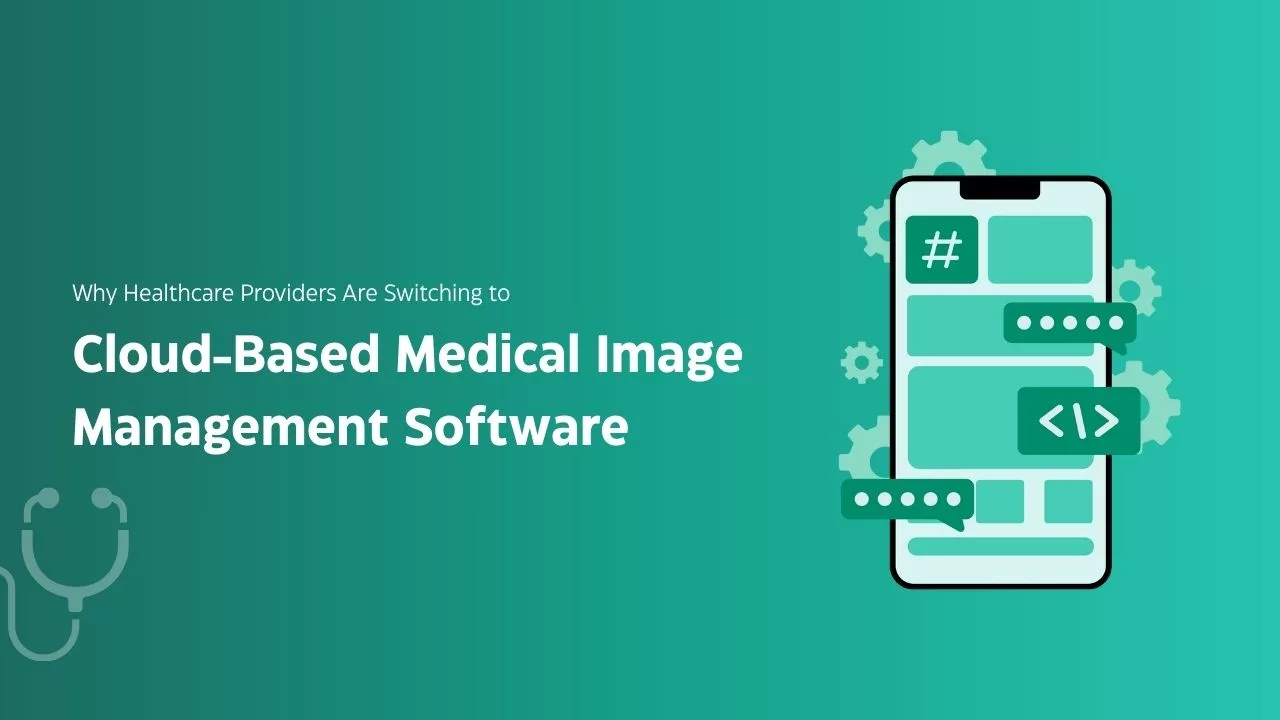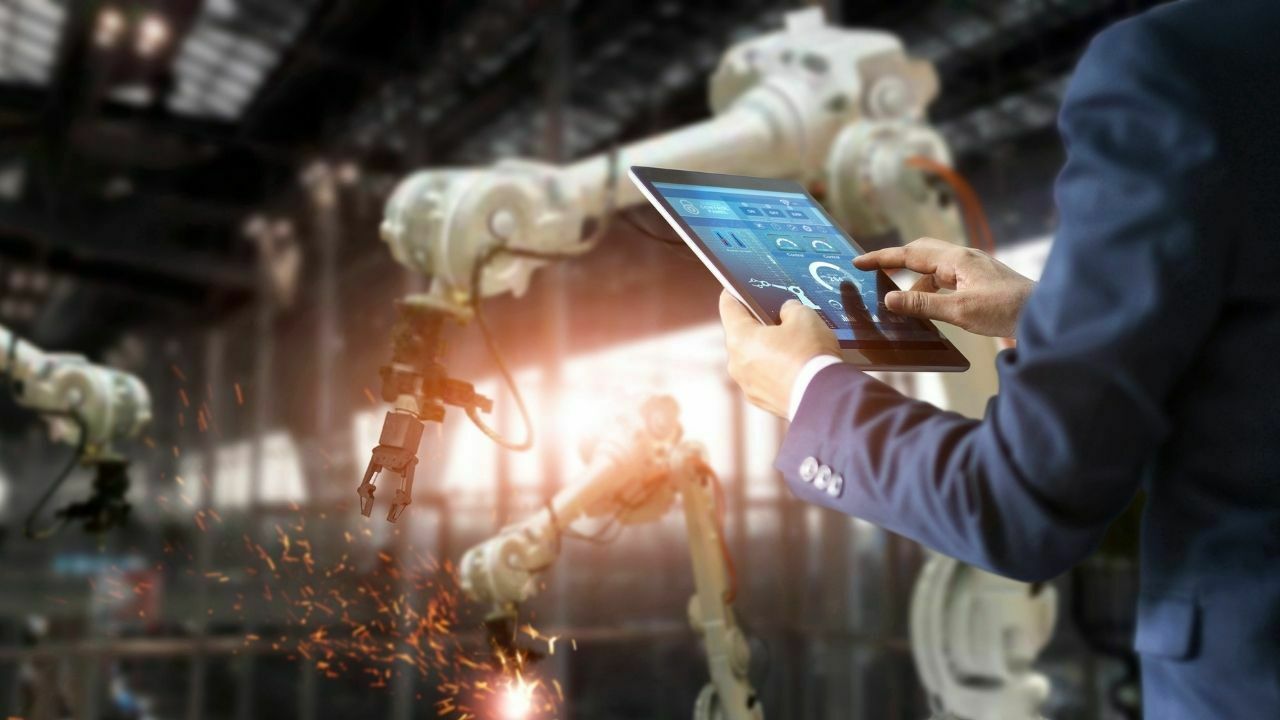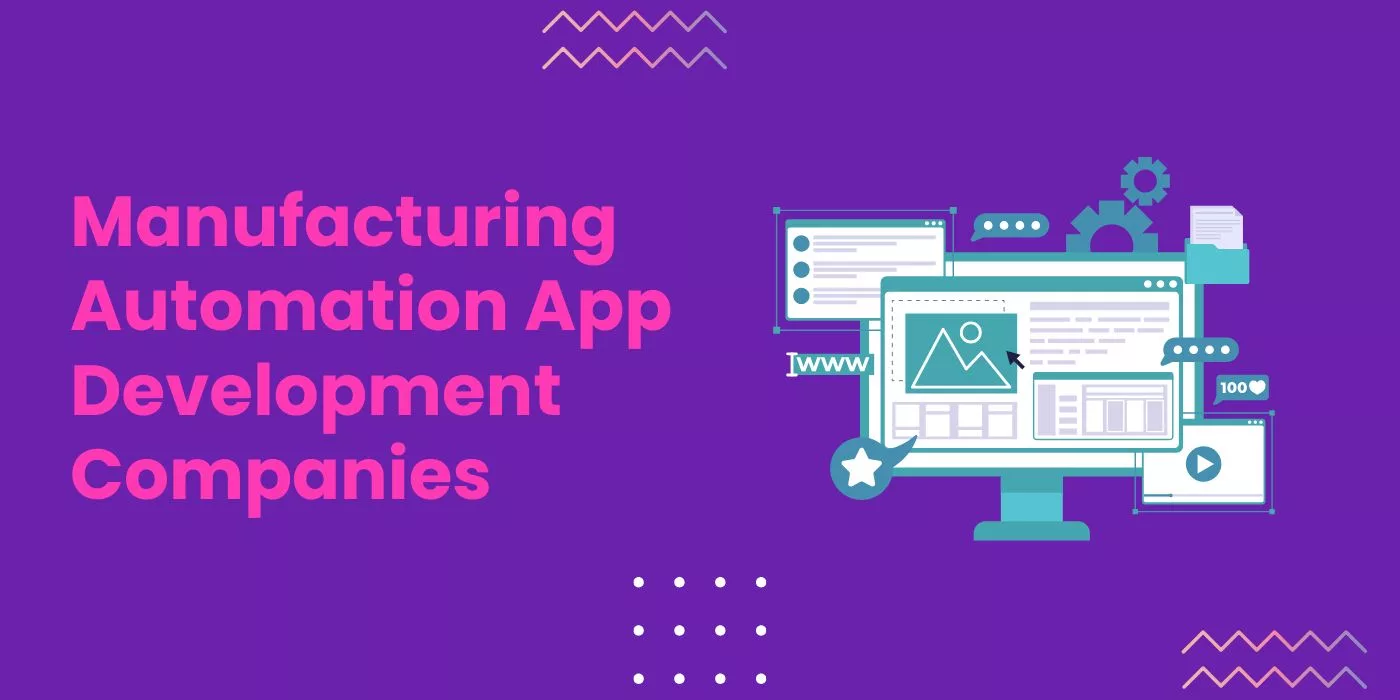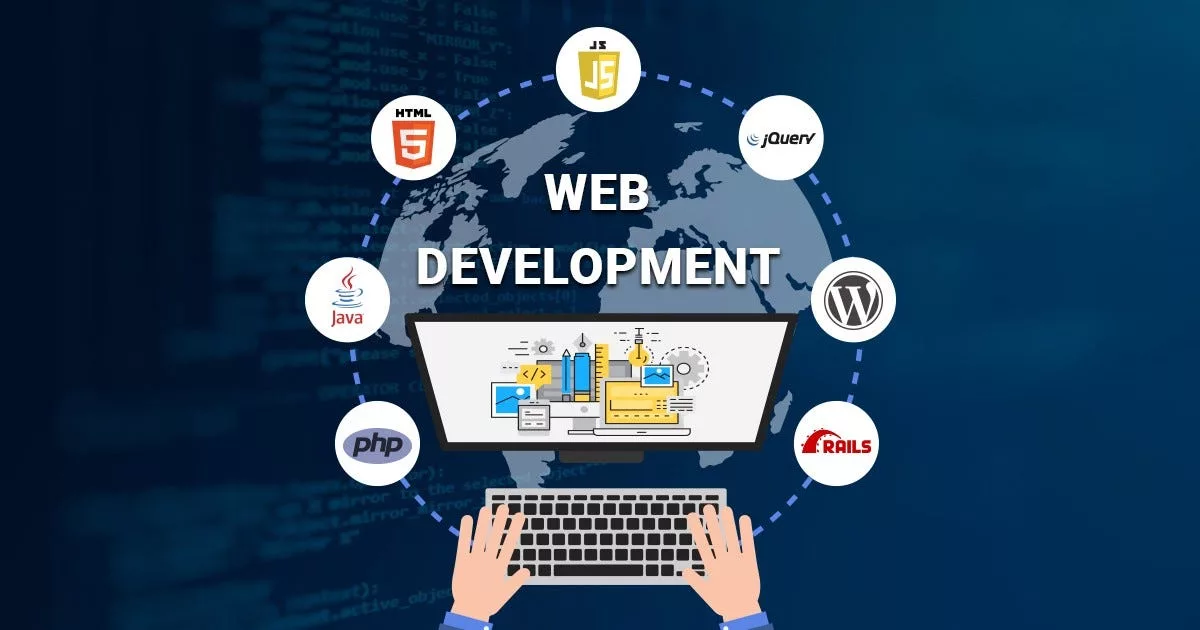IoT has been creating waves in the industry for the past few years. It has many applications in industrial automation and it is an emerging technology. In this article, we will talk about the applications of IoT in industrial automation. The Internet of Things (IoT) is a buzzword now. Now, more and more devices become connected. Furthermore, the industrial sector is leading the way in developing ways to seamlessly integrate IoT devices into manufacturing processes.
Also look at: Top 10 Fastest Growing IoT Companies
What is Industrial IoT (IIoT)?
Industrial IoT, or IIoT, is a network of devices that collect and exchange data. The devices can be anything from connected sensors to robots, and they can be used in all kinds of industries.
The biggest advantage to using an industrial IoT system is that it allows companies to monitor their equipment more closely than ever before. This can help them find issues before they cause damage, which means fewer safety risks for workers and less downtime for businesses.
Also Read: How AI Technology Is Improving Customer Experience?
IoT in Industrial Automation
Industrial automation means the use of control systems and information technology to monitor and control industrial processes. It’s a broad term that encompasses a wide range of applications.
For example, if you wanted to build an automated factory for manufacturing cars, you’d need some sort of system that could be programmed with instructions for how many cars should be made on any given day. You might also want to have sensors installed throughout the factory so you could check in on their progress from time to time. Connecting sensors to wireless access points via industrial automation software like WAPs. Then you could watch as these WAPs collect data from those sensors and send it back up through different networks.
Also read: Top 15 IoT Cloud Platforms that are shining in 2022
Let’s look at some Applications of IoT in Industrial automation.
Major Applications of IoT in Industrial Automation
IoT is used in industrial automation for integration and communication between different systems. IoT can be used to connect various devices such as sensors, actuators, and controllers. These devices are connected using a network that helps in collecting data from all these devices. The data collected is stored in an application that can be accessed by authorized users only. The data collected from these devices can be used for analyzing the performance of an enterprise or determining its future course of action. Few applications are mentioned below:
1. Energy management
Energy management is just one of the many ways industrial automation can benefit from IoT. With IoT, you can track energy usage and measure its efficiency. This way, you’ll be able to optimize energy consumption and reduce costs.
Energy Conservation
Energy conservation is another important aspect of the industry. Using smart sensors to collect data about how much energy a device uses. It is depending on its conditions will enable companies to create more efficient devices for their factories or production lines.
Energy Optimization
This concept refers to the ability of a system or process. It is not just to meet demand but also to meet it at minimum cost while maintaining quality levels. It’s useful when analyzing complex tasks like manufacturing processes. It allows companies to make sure they’re using resources efficiently without compromising safety or quality control measures.
Building Energy Management
IoT is a useful tool for saving money by analyzing building energy consumption over time. You can compare it to past periods to determine whether any changes need quick action.
2. Asset and Inventory Management
IoT can also help you manage your assets. If a piece of equipment breaks down, IoT can help operators determine the source of the failure and how to prevent future breakdowns.
For example, if an asset has been sitting idle for too long and needs maintenance, IoT sensors could notify you when it’s time to send someone out to fix it. Sensors can also identify which parts should be replaced or updated, making sure that only necessary repairs are done on machinery so that downtime is kept as short as possible. In addition, by tracking asset data over time, you can use IoT analytics software tools like to improve your maintenance processes by identifying areas where there are bottlenecks or other issues with how things are being maintained within your organization’s workflow.
3. Logistics Management
Logistics management is used to track the movement of goods in real-time, in order to keep costs low and ensure that items arrive at their destination on time. It’s also an OSS for manufacturing, shipping, and transportation. Logistics management is an important part of any company’s business strategy because it helps them cut costs while maintaining high-quality service levels. The most common type includes:
- Real-Time Tracking – This allows you to know where your product is at all times by using GPS technology or RFID tags on each package/product. If a shipment gets lost, this system makes it easy to find the missing item because it tells you where it was last seen.
- Cost-Effective Routing – This refers to when companies use algorithms that determine which route would be best based on factors like fuel usage, distance traveled, etc.;
- Secure Delivery – This makes sure that packages don’t get lost or stolen on their way from point A to point B on trains, planes, and other modes of transportation.
4. Automated surveillance system
It helps in detecting any abnormal activities happening inside or outside a building or premises easily with the help of cameras installed at different locations inside the premises. This system also helps in blocking access to unauthorized persons who try entering into restricted areas by sending emails or text messages informing them about their unauthorized entry into the restricted areas so that they can be stopped before they reach there.
5. Remote Monitoring
Remote monitoring is the process of monitoring the status of a device or system from a remote location. It includes:
- To monitor the status of a device or system in order to detect problems before they occur
- To collect data from sensors over long distances and study that data in detail without having to go back and forth between multiple locations on-site
- Conduct maintenance tasks remotely
6. Augmented Reality and Robotics
Augmented reality (AR) is a technology that superimposes a computer-generated image on a user’s view of the real world. It has been used in several industries, including medicine and education. In industrial automation, the usage of augmented reality can improve the user’s perception of reality. For example, an operator may see multiple views of their work environment at once and interact with objects in all those views while wearing VR glasses or safety goggles.
This technology gives technicians more options for planning processes and visualizing equipment from different angles without having to physically move around the space. When combined with robotics such as drones or robotic arms that can be remotely controlled by an operator wearing AR glasses, industrial automation can become safer for workers because they don’t have to be near dangerous machines when performing repairs or maintenance tasks.
7. Automated Guided Vehicles (AGVs)
AGVs are used for transporting goods from one place to another without any human interference or supervision over them because they follow pre-configured routes automatically using GPS.
Top Industrial IoT devices
In industrial automation, IoT monitors and controls industrial machinery. The following are some of the most common types of IoT devices:
- Wireless sensors
- Machine vision cameras
- Process monitors
Challenges of IoT in Industrial Automation
Security Concerns
The Internet of Things is a much bigger topic than just devices connected to the internet, but that’s what we’re talking about here. If you want to ensure that your devices are secure, you’ll need to make sure they’re properly protected and use strong authentication systems. You’ll also want to make sure your network architecture has the right level of security built into it so that you can take advantage of all those cool capabilities which will be coming down the pipeline soon.
For many companies, security is already one of their biggest issues with IT infrastructure. As more and more IoT devices come online and generate data at an increasing rate, this problem will only get worse unless we change how we store and analyze our information today.
Security can be a major concern in several areas. You need to keep data secure, your devices secure and networks secure. In addition, you have cloud security concerns.
Data Management Challenges
The challenges of IoT in industrial automation are numerous, but the most important is data management. A lack of technical skills and a lack of structure will make it difficult for companies to manage massive volumes of data. This can lead to challenges such as:
- Data integration difficulties due to incompatible formats
- Insufficient cyber-security training
- Lack of privacy over personal information (think healthcare records)
There is also a major concern about protecting this information from external intruders who want access for their own purposes.
The Usage of IoT in Organizations
As organizations become increasingly interconnected, the usage of IoT will also increase. IoT is a network of devices that collect and exchange data. It includes:
- Monitoring equipment and processes
- Aligning business strategies with consumers’ needs
- Increasing efficiency and productivity in manufacturing plants
Conclusion
With the benefits of IoT in industrial automation, companies can overcome challenges to achieve their goals. However, it is not a panacea for all problems. While there are some enterprises that have adopted IoT successfully, others are still trying to take the first step toward digital transformation.
If you are passionate about technology and have good writing skills then you can write for us here.
FAQ’s
The use of smart sensors and actuators to improve manufacturing and industrial processes is known as the industrial internet of things (IIoT). It has various advantages:
– Boost productivity and uptime.
– Enhance process efficiency.
– Enhance inventiveness.
– Cut down on asset downtime.
– Boost operational efficiency.
– Create complete operational visibility.
– Enhance product quality.
– Reduce your operating expenses.
Fixed Automation, Programmable Automation, and Flexible Automation are the major systems used in Industrial automation.










Leave a Reply